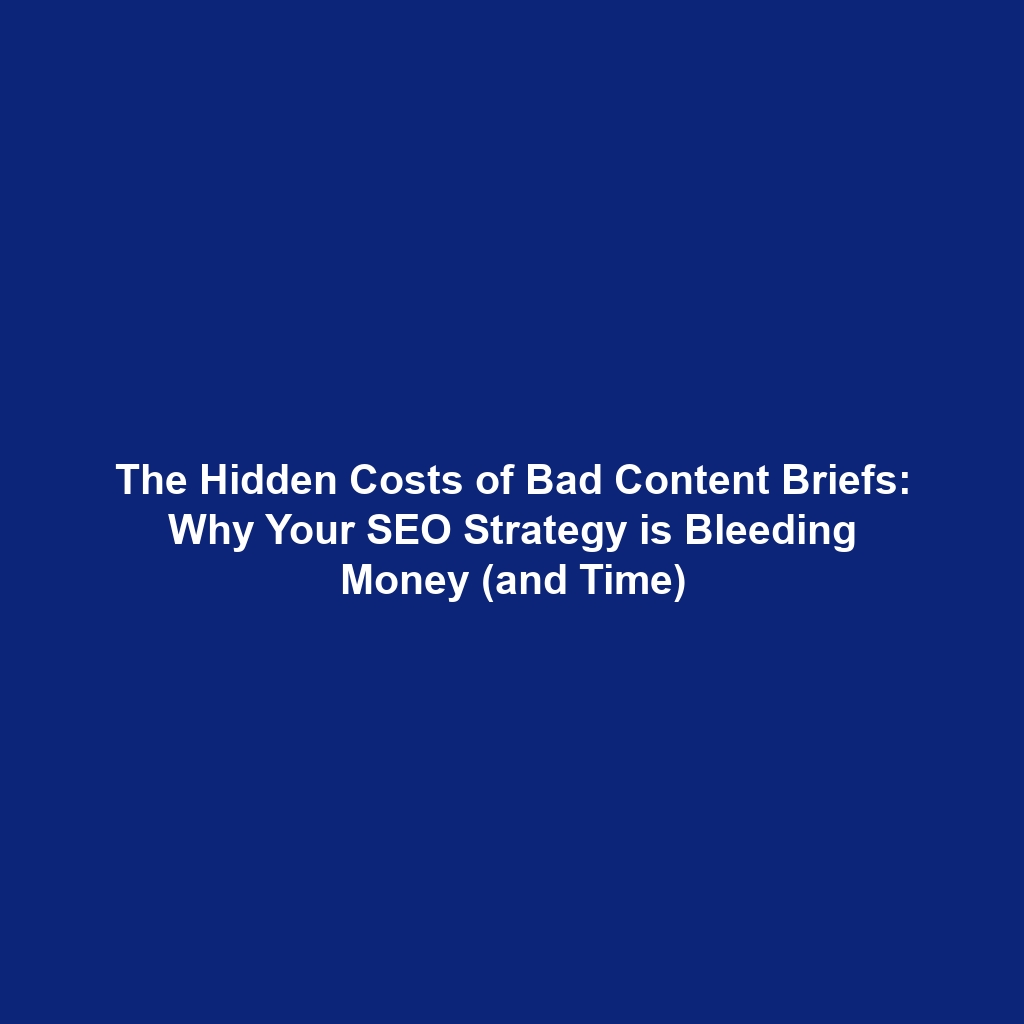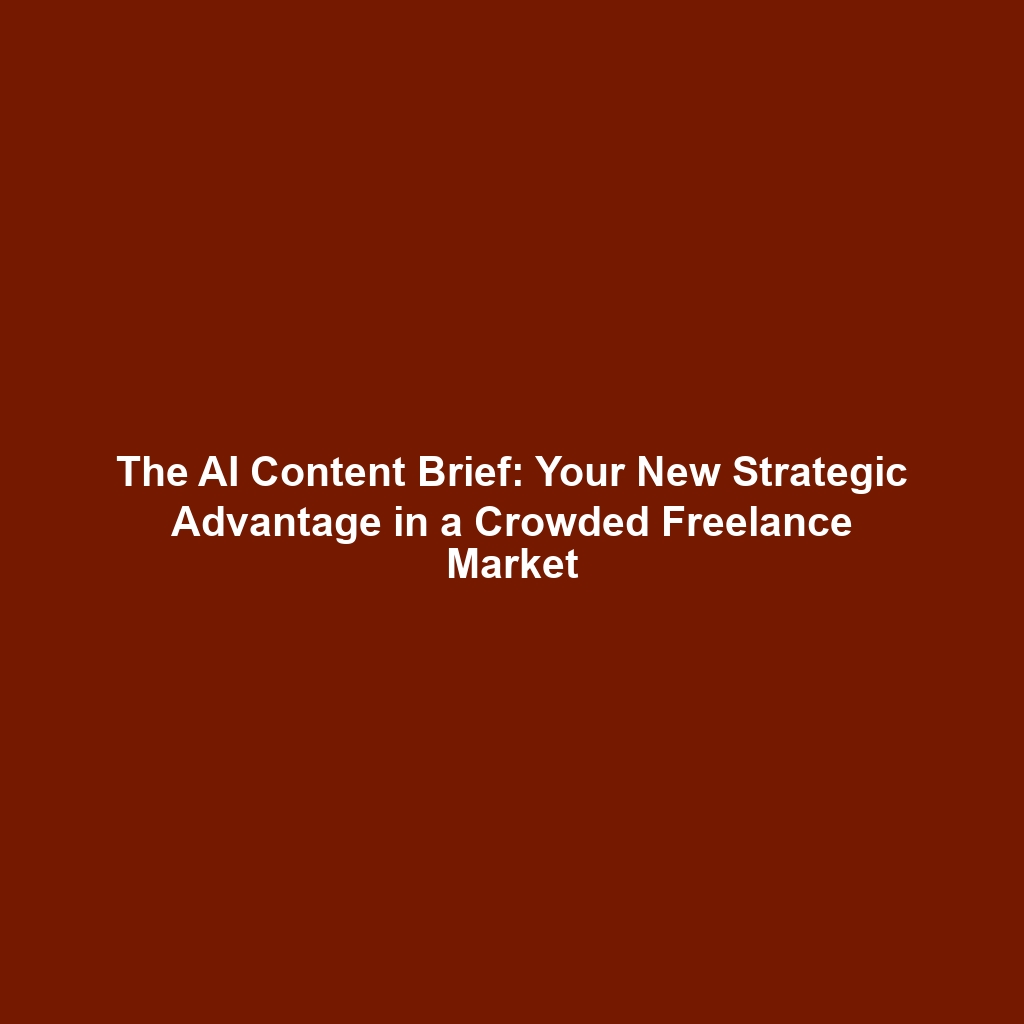🎯 The Ultimate Litmus Test
“If I, as CEO, can’t figure out how to use something in our software, our customers definitely can’t either.” This simple rule became the foundation for transforming IdeaScale from an industry laggard to an award winner—and it can revolutionize your product too.
There’s a dangerous assumption that plagues most product teams: the belief that users will figure things out if they just try hard enough. This assumption is not only wrong—it’s business suicide in today’s instant-gratification economy.
The reality is far harsher: if your product requires effort to understand, users will abandon it. They won’t read your documentation, watch your tutorials, or contact support. They’ll simply leave and find something easier to use.
This is why I developed what I call “The CEO Test”—a ruthlessly simple standard that became the cornerstone of IdeaScale’s transformation and continues to guide every product decision I make.
🔍 What Is The CEO Test?
The CEO Test is deceptively simple: if the most senior decision-maker in your company can’t immediately understand how to use a feature or complete a workflow, then it’s too complex for your customers.
This isn’t about intelligence—CEOs aren’t inherently smarter than other users. But they do share three critical characteristics with your most important customers:
👑 Why CEOs Make Perfect Test Users
⏰ Time Scarcity
CEOs have no patience for confusing interfaces. If something takes more than 30 seconds to figure out, they’re moving on. Your customers feel the same way.
🎯 Results Focus
CEOs don’t care about features—they care about outcomes. They want to accomplish tasks, not learn systems. This mirrors your users’ mindset perfectly.
🚫 Zero Tolerance
CEOs won’t work around broken or confusing functionality. They expect things to work intuitively. Your paying customers have the same expectations.
📱 The IdeaScale Application: Real-World Testing in Action
When I became CEO of IdeaScale, I made myself the primary quality assurance tester for user experience. Every new feature, every workflow change, every interface update had to pass through my personal testing before it reached customers.
The process was brutally simple: I would approach each feature as if I were a new user, with no background knowledge or training. If I got confused, frustrated, or couldn’t complete the task within a reasonable timeframe, it went back to development.
The Three-Strike System
I developed a systematic approach to applying The CEO Test:
Strike One – Confusion: If I had to pause and think about what to do next, the interface needed clarification
Strike Two – Frustration: If I felt annoyed or confused during the process, the workflow needed simplification
Strike Three – Failure: If I couldn’t complete the task without help, the feature went back to the drawing board
Key Insight: The CEO Test isn’t about dumbing down your product—it’s about eliminating unnecessary friction. Sophisticated functionality can still have intuitive interfaces.
🛠️ Beyond Software: The Universal Application
The CEO Test extends far beyond software interfaces. I’ve applied this principle across every aspect of business operations, from internal processes to external communications.
📊 Internal Systems at Fusion Transport
As CFO of Fusion Transport, I applied The CEO Test to our internal KPI systems. The existing dashboards were filled with complex financial ratios and industry-specific metrics that required significant expertise to interpret.
I asked myself a simple question: “If I walked into any department and asked an employee whether they were performing well, could they answer immediately by looking at their dashboard?”
The answer was a resounding no. Our metrics were designed for financial analysts, not for the drivers, dispatchers, and warehouse workers who actually moved our business forward.
✅ The Fusion Transport Solution
We redesigned our KPI displays to be instantly readable by anyone, regardless of their role or education level. Green meant good, red meant attention needed, and the numbers were presented in context that made sense to each department.
A truck driver could glance at their screen and immediately know if they were on track for their delivery goals. A warehouse supervisor could see at a glance whether their team was meeting productivity targets.
The result was a workforce that felt more connected to company performance and could make real-time adjustments to improve their results.
🎯 Applying The CEO Test: Your Implementation Guide
Implementing The CEO Test in your organization doesn’t require expensive user research or complex testing protocols. It requires honesty, humility, and a willingness to acknowledge when things are more complicated than they need to be.
🔧 The SIMPLE Testing Framework
S – Start Fresh
Approach each test as if you’ve never seen the product before. Clear your browser cache, log out of all accounts, and start from zero.
I – Ignore Training
Don’t read documentation or rely on prior knowledge. If the interface isn’t self-explanatory, it fails the test.
M – Measure Time
Track how long each task takes. If core functions require more than 2-3 minutes to figure out, they need simplification.
P – Pay Attention to Emotions
Notice when you feel confused, frustrated, or overwhelmed. These emotions signal cognitive overload.
L – List Every Question
Write down every question that pops into your head during testing. Each question represents a potential point of user confusion.
E – Eliminate Friction
For every point of confusion or delay, ask: “How can we make this simpler?” Then implement the simplest solution.
⚡ The Cognitive Load Connection
The CEO Test is fundamentally about cognitive load management. When leaders test their own products, they experience firsthand the mental effort required to navigate complex interfaces and processes.
This personal experience creates something that user research reports can’t: genuine empathy for the user struggle. When you feel the frustration yourself, you become motivated to fix it.
The Empathy Advantage
Traditional user testing often creates distance between decision-makers and user pain points. Researchers present findings, designers create personas, and executives review summary reports. But The CEO Test eliminates this distance entirely.
💡 The Personal Investment Effect
When you struggle with your own product, fixing usability issues becomes personal. You’re not just improving metrics—you’re solving a problem you’ve experienced yourself. This emotional investment drives better solutions and faster implementation.
🚀 Scaling The CEO Test Across Your Organization
While the CEO Test starts with leadership, its principles can be applied throughout your organization. Here’s how to democratize this approach:
The Executive Testing Program
Require all C-level executives to complete core user workflows monthly. Each executive becomes a user advocate for different aspects of your product or service.
CEO: Tests overall product experience and onboarding
CTO: Tests technical features and integrations
CMO: Tests marketing touchpoints and conversion flows
CFO: Tests reporting and analytics features
The Department Leader Initiative
Extend testing responsibilities to department heads. Marketing directors test landing pages, sales managers test CRM workflows, and customer success leads test support processes.
🎯 The Testing Cascade Effect
When leadership regularly experiences user friction, it creates organizational pressure to prioritize user experience improvements. Problems get fixed faster because they’re felt personally by decision-makers.
📊 Measuring Success Beyond Traditional Metrics
The CEO Test introduces qualitative measures that complement traditional quantitative metrics:
Frustration Points: How many moments of confusion or annoyance occur during core workflows?
Question Count: How many questions arise during task completion?
Emotional Journey: What feelings does the user experience progress through?
Completion Confidence: How certain are users that they’ve completed tasks correctly?
These measures provide insights that conversion rates and engagement metrics can’t capture—they reveal the quality of the user experience, not just its effectiveness.
🎯 Common CEO Test Failures and Solutions
After years of applying The CEO Test, I’ve identified the most common failure patterns and their solutions:
⚠️ The Top 5 CEO Test Failures
🤔 “Where do I start?” – Unclear entry points or too many options
❓ “What does this do?” – Unclear labeling or unfamiliar terminology
⏳ “Is this working?” – Lack of feedback during processes
🎯 “What happens next?” – Unclear next steps or completion states
🔄 “Did I do this right?” – Insufficient confirmation of successful actions
🌟 The Competitive Advantage of Executive Testing
Companies that implement The CEO Test gain a significant competitive advantage. While competitors rely on distant user research and complex feedback loops, you’re identifying and fixing usability issues in real-time.
This creates a feedback loop that’s both faster and more emotionally compelling than traditional UX research. When the CEO personally struggles with a feature, fixing it becomes a top priority.
💼 Your CEO Test Challenge
This week, spend 30 minutes trying to complete your product’s core workflow as if you’ve never used it before. Document every moment of confusion, every question that arises, and every point of friction.
Then ask yourself: if you struggled with this, how are your customers feeling?
The CEO Test isn’t just a quality assurance method—it’s a philosophy that puts user experience at the heart of executive decision-making. When leaders experience their own products the way customers do, everything changes.
Your customers won’t tell you when your product is too complex—they’ll just leave. But The CEO Test gives you early warning system that catches usability issues before they become customer loss.
Start testing today. Your future customers will thank you.

